Monitoring
Contents
Drought Index
Standardized Precipitation Index (SPI) is a widely used index to characterize meteorological drought, which can be used to identify whether there has been a drought in a certain time period.
SPI, based on probability of precipitation for any time scale, is calculated using precipitation for the station, mean precipitation and standardized deviation.
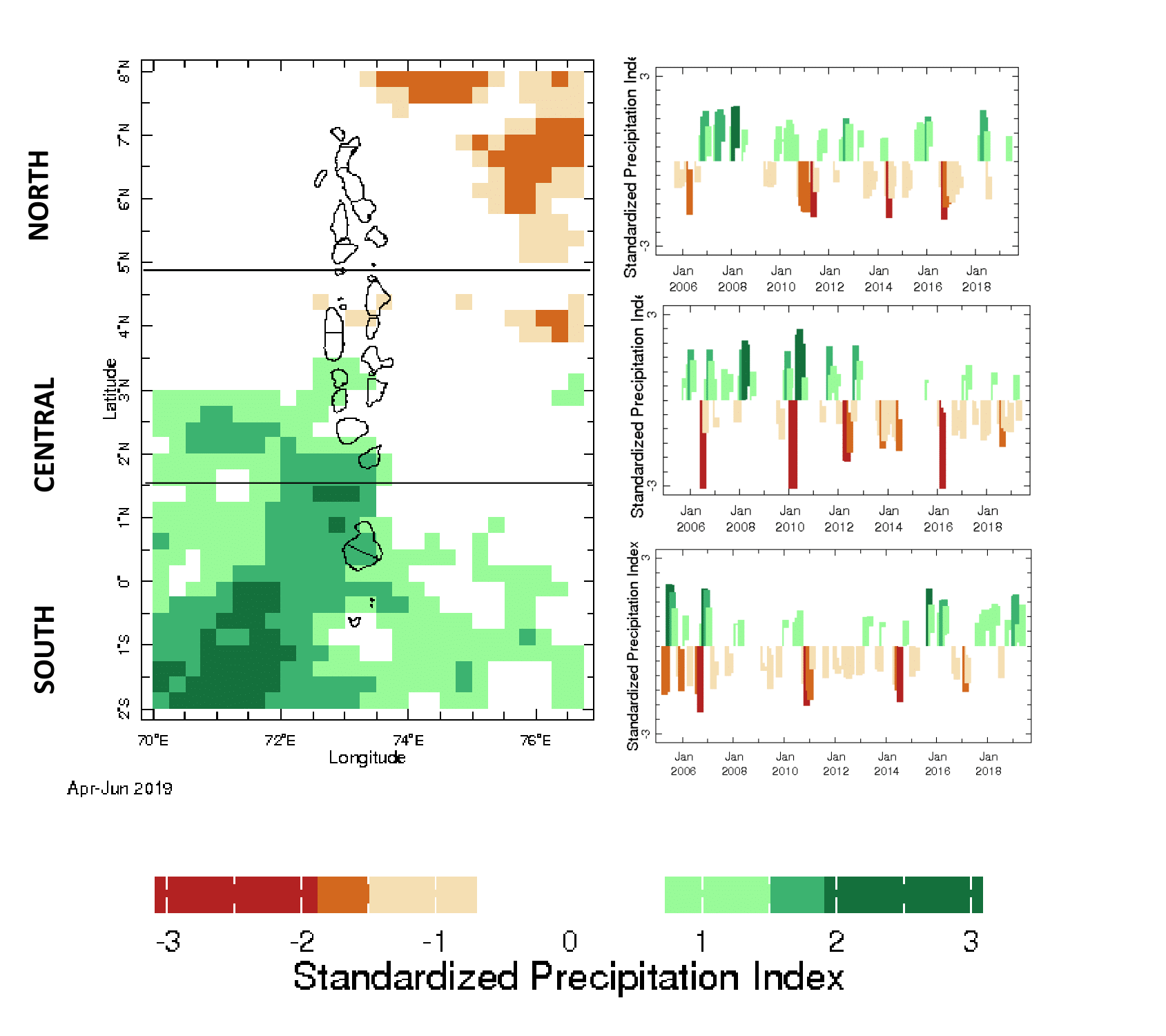
Figure 4. SPI of Maldives For April-June 2019.
Rainfall
The mean annual cycle of rainfall in Maldives shows a dry season from February to March and a wet season from April to November with the southernmost island garnering high rainfall during the December-January period when the Inter-Tropical-Convergence-Zone is located over Southern Maldives. The Maldives receives annual average rainfall that ranges from 1700 mm to the Northern most Hanimadhoo station to 2350 mm in the southernmost Gan station. The character of the annual rainfall shows the drier months at February and March. The Northern stations receive highest rainfall during the summer monsoon month of June and the southernmost stations show a peak in December.
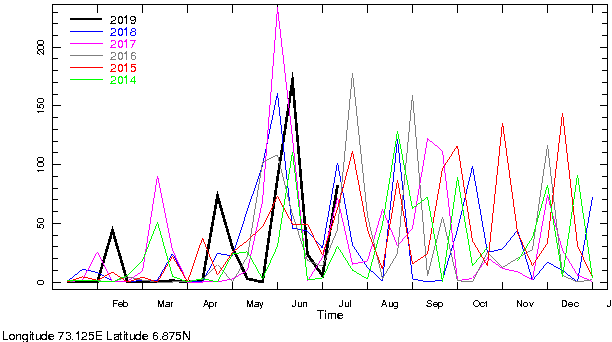
Figure 4. Yearly rainfall during the past six years in Northern Maldives
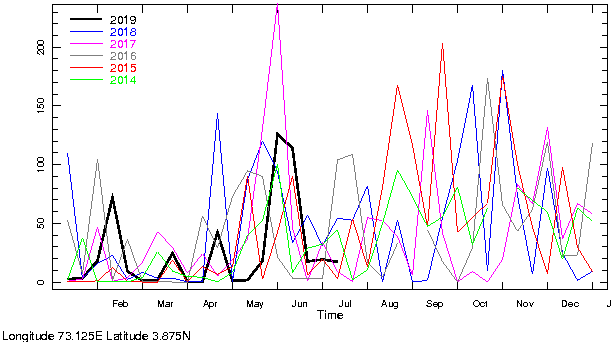
Figure 4. Yearly rainfall during the past six years in Central Maldives
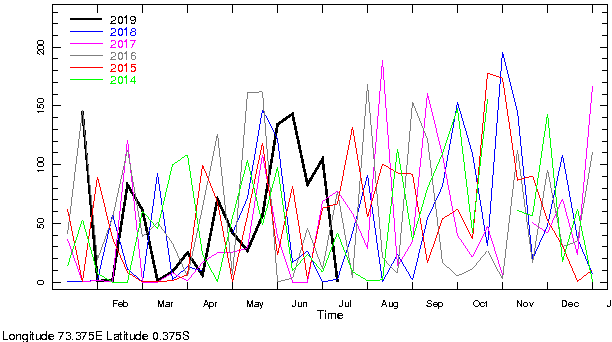
Figure 4. Yearly rainfall during the past six years in Southern Maldives
The rainfall received by the northern islands for December is the lowest rainfall received in past six years.( Northern Islands Longitude 73.125E Latitude 6.875N). This can be shown in Figure 4. Generally, throughout the year the following rainfall and temperature changes could be observed on average in the atolls comprising the Maldives.
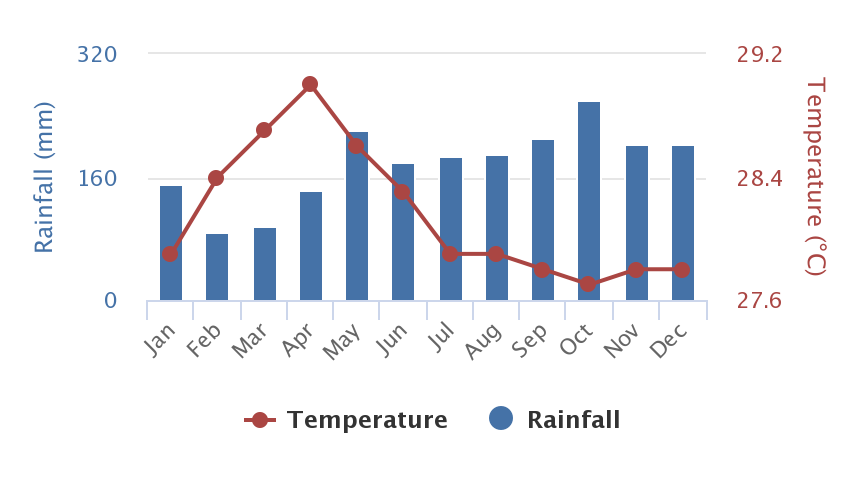
Figure 5 . Yearly deviations of Temperature and Rainfall averages for the Maldives (World Bank Climate Portal)
Wind
The Maldives undergoes seasonal reversal in wind directions with North-Easterlies prevailing from December to March and South-Westerlies prevailing from April to November on average. In the Northern most islands the South-Westerlies last from May to October. The wind speeds peak in the Northern region is in June and in the Southern most islands is in December.
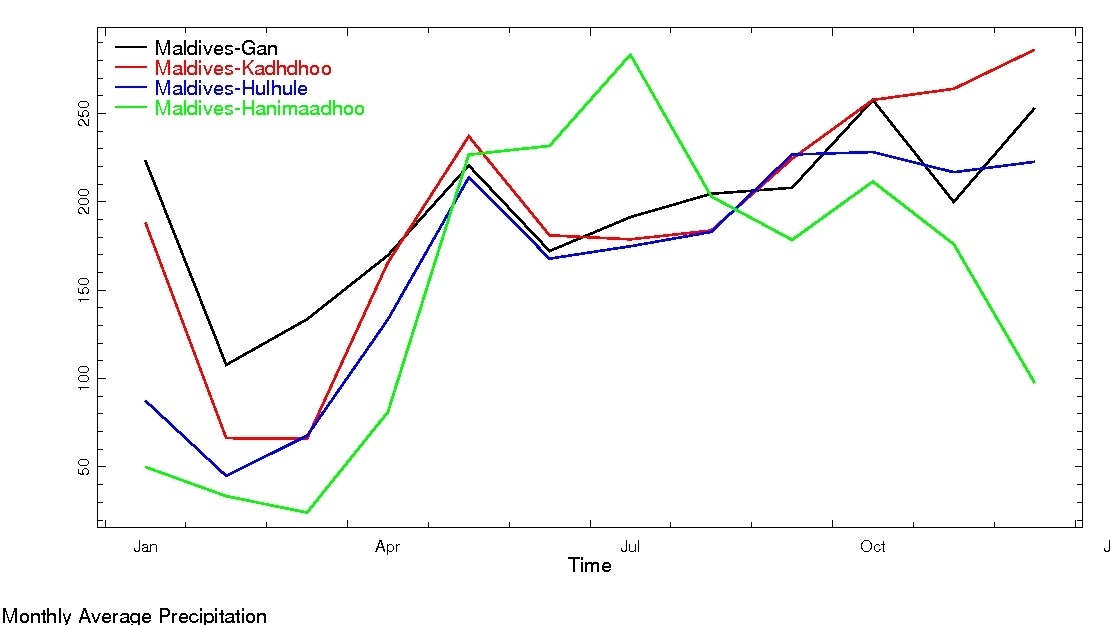
Figure 1 : Average Monthly Rainfall over Maldives at Gan, Hulhule, Kadhdhoo and Hanimaadhoo for the last 20 years.
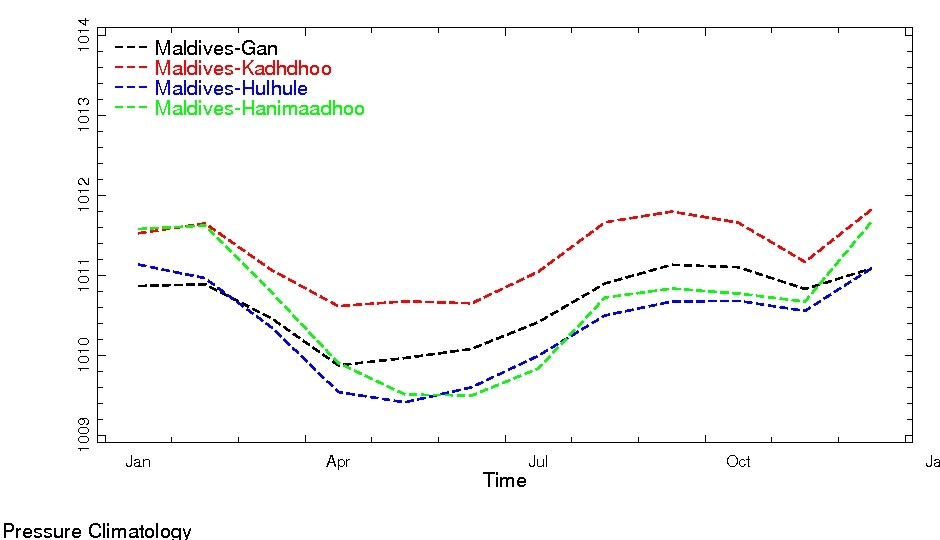
Figure 2 : Average Monthly Pressure over Maldives
Humidity
The Department of Meteorology demarcated seasons as the North-East monsoon (December to March) and South-West monsoon (April to November) – there is variation from North to South of the duration of the seasons. and seasons with strong ENSO influences. There are peaks in rainfall for most of Maldives in April to June and October to December – the ENSO influences are consistent as well in these seasons
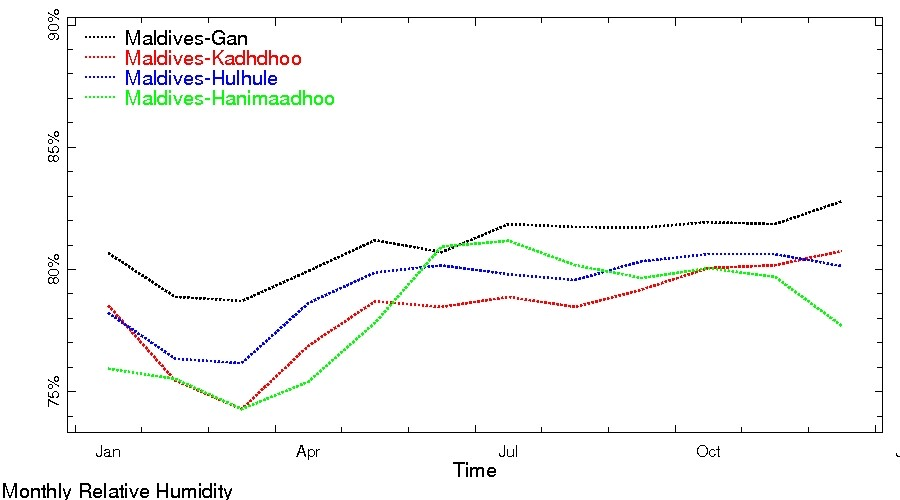
Figure 3. Average Monthly Relative Humidity over Maldives at Gan, Hulhule, Kadhdhoo and Hanimaadhoo for the last 20 years.

